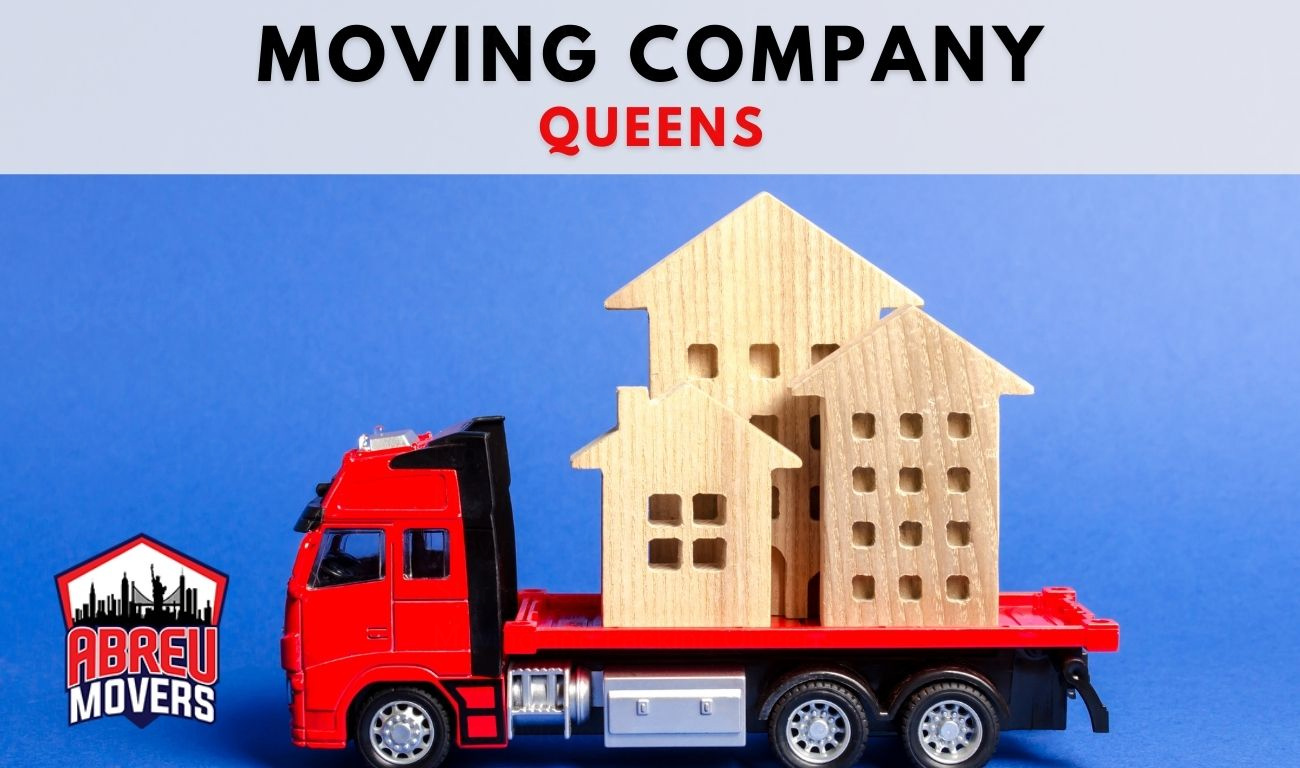

Introduction
Moving can be an overwhelming and stressful process, but with the right packing tips and strategies, you can make it a smooth and efficient experience. Whether you're moving to a new home or relocating your office, proper packing is essential to ensure that your belongings arrive safely at your new destination. In this article, we will provide you with expert advice on packing and moving, so you can navigate through this transition with ease.
Essential Packing Tips for a Smooth Move
Start Early and Create a Timeline
To avoid last-minute stress, it's crucial to start packing well in advance. Create a timeline that outlines when you need to have certain rooms or areas packed up. This will help you stay organized and ensure that everything is packed in time for the move.
Declutter Before You Pack
Moving presents an excellent opportunity to declutter your belongings. Go through each room and decide what items you want to keep, donate, or discard. By reducing the number of things you need to pack, you'll save time and effort during the moving process.
Create a Packing Strategy
Developing a packing strategy will help streamline the process. Start by packing items that are used less frequently, such as seasonal clothing or decorations. As the move date approaches, gradually pack up everyday essentials.
Gather Packing Supplies
Before you begin packing, make sure you have all the necessary supplies on hand. Stock up on sturdy boxes in various sizes, bubble wrap, packing paper, tape, markers, and labels. Having these supplies readily available will make the packing process more efficient.
Pack Room by Room
To maintain organization throughout the move, pack one room at a time. Clearly label each box with its contents and which room it belongs to. This will make unpacking much easier when you arrive at your new location.
Use Proper Packing Techniques for Fragile Items
When packing fragile items such as glassware, dishes, or electronics, it's important to use proper techniques to prevent damage. Wrap delicate items individually in bubble wrap or packing paper and place them securely in boxes with sufficient padding. Fill any empty spaces in the box with packing material to minimize movement during transit.
Disassemble Furniture
If possible, disassemble large furniture pieces before the move. This will make them easier to transport and save space in the moving truck. Keep all screws, bolts, and other small parts together in http://josuerzxj642.timeforchangecounselling.com/essential-supplies-for-an-organized-packing-process labeled bags to ensure easy reassembly later.
Pack a Moving Essentials Box
Prepare a moving essentials box containing essential items you'll need immediately upon arrival at your new location. This box should include toiletries, a change of clothes, medications, phone chargers, important documents, and any other items you'll require before you've fully unpacked.
Label Boxes Clearly
Be sure to label each box clearly with its contents and destination room. This will make unpacking much more efficient and save time when settling into your new space.
Take Photos of Electronics Before Disconnecting
Before disconnecting any electronics for the move, take photos of the setup and connections. This will serve as a helpful reference when reconnecting them at your new location.
Pack Heavy Items in Small Boxes
When packing heavy items such as books or kitchen appliances, opt for smaller boxes. This will prevent the boxes from becoming too heavy and difficult to lift.
Use Suitcases and Bags for Extra Storage
Utilize suitcases and duffel bags to pack clothes, linens, or other soft items. This not only provides additional storage but also makes it easier to transport these items.
Securely Seal Boxes
Ensure that all boxes are securely sealed with tape to prevent them from opening during transit. Reinforce the bottom of each box with an extra strip of tape for added security.
Keep Important Documents Separate
Gather all important documents such as passports, birth certificates, and financial records and keep them separate from your other packed belongings. Consider carrying them with you personally during the move for added peace of mind.
Pack an Overnight Bag
Pack an overnight bag with essential items such as a change of clothes, toiletries, and bedding. This will come in handy on the first night in your new home when you may not have everything unpacked yet.
Take Inventory
Create an inventory list of all the items you're packing. This will help you keep track of your belongings and serve as a reference if anything goes missing during transit. Make note of any valuable or fragile items that require special care.
Clear Pathways
Before the movers arrive, make sure pathways are clear both inside and outside your home. Remove any obstacles or tripping hazards to ensure a smooth moving process.
Communicate with Your Movers
If you've hired professional movers and packers, communicate clearly with them about your expectations and any specific instructions. Provide them with a floor plan of your new location so they know where each item should be placed upon arrival.
Pack Important Items Separately
Designate a separate box for valuable or sentimental items that you want to keep with you at all times during the move. This will give you peace of mind knowing that these items are safe and within your control.
Use Color-Coded Labels
Assign a color to each room or area in your new home and use corresponding colored labels on boxes. This will make it easier for movers to quickly identify where each box should be placed.
Prepare Appliances for Transport
If you're moving appliances such as refrigerators or washing machines, make sure they are properly prepared for transport. Defrost the freezer, disconnect water lines, and secure any loose parts to prevent damage during the move.
FAQs
Q: Can I hire professional packing services? A: Absolutely! Many moving companies offer packing services to make your move even easier. They have the experience and expertise to pack your belongings efficiently and ensure their safe arrival.
Q: How do I find reliable movers and packers in Queens? A: Start by asking for recommendations from friends, family, or colleagues who have recently moved. You can also search online for reputable moving companies in the Queens area and read customer reviews to gauge their reliability.
Q: What should I do with perishable items? A: It's best to consume or donate perishable items before the move. If you're moving a short distance, you may be able to transport them in a cooler with ice packs. Otherwise, it's advisable to dispose of them properly.
Q: Should I unpack everything immediately upon arrival? A: It's not necessary to unpack everything immediately. Focus on unpacking essential items first, such as kitchen supplies, toiletries, and bedding. Take your time with the rest and prioritize based on your needs.
Q: Can I pack my plants for the move? A: Moving plants can be challenging due to their delicate nature. It's best to consult with a professional gardener or nursery for guidance on how to safely transport your plants or consider giving them away to friends or neighbors.
Q: How can I ensure the safety of my belongings during the move? A: Use sturdy boxes and proper packing materials to protect your belongings from damage during transit. Label fragile items clearly and communicate any special handling instructions to your movers.
Conclusion
Moving doesn't have to be a stressful experience if you follow these essential packing tips for a smooth move. Starting early, decluttering, using proper packing techniques, and communicating effectively with your movers will help ensure that your belongings arrive safely at your new location. By taking the time to plan and organize, you can make your move a seamless and efficient process. So, pack your boxes with care, and enjoy the excitement of settling into your new home or office space.